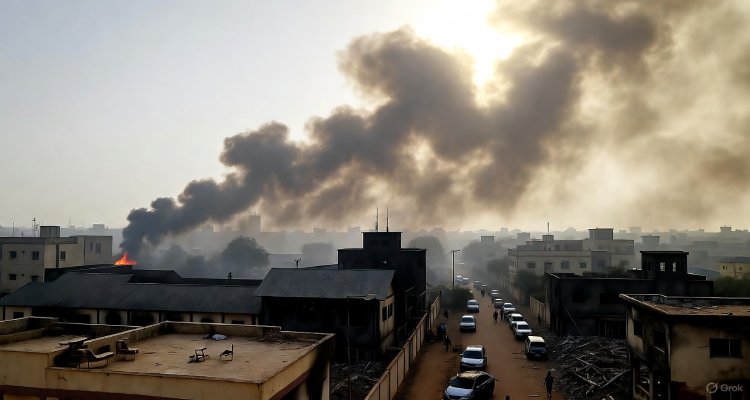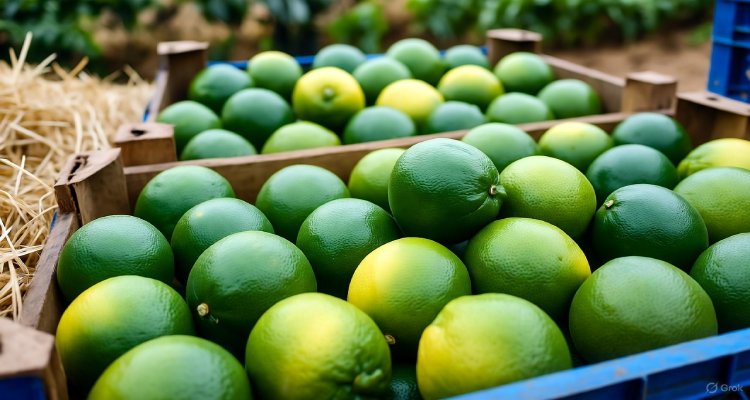Haryana Election Results 2024: BJP’s Caste Strategy Faces the Ultimate Test
The Haryana Election Results 2024 reveal a contest between BJP’s non-Jat consolidation and Congress’ reliance on the Jat community. The BJP has maintained a lead in 49 seats as counting progresses, indicating a possible third consecutive victory. Congress, led by former CM Bhupinder Singh Hooda, aimed to leverage Jat support but may face setbacks. This election will be a decisive verdict on both parties’ caste-based electoral strategies.
The results of the Haryana Assembly Elections 2024 have become a focal point for political analysts, as the electoral battle between the Bharatiya Janata Party (BJP) and Congress takes an unexpected turn. The BJP, despite the predictions of a Congress majority, has maintained a significant lead since the vote counting began, holding its ground on 49 seats for four consecutive hours. As the numbers trickle in, the outcome is not just a matter of political power; it is a test of the strategies each party deployed to appeal to Haryana’s diverse voter base.
BJP’s Non-Jat Consolidation Strategy
If the BJP secures a historic third consecutive term in Haryana, it will underscore the effectiveness of its strategy to consolidate non-Jat votes. The party, under the leadership of its Chief Ministerial candidate, Nayab Singh Saini, has focused on appealing to non-Jat communities, which include OBCs, Brahmins, and other groups that have felt marginalized under Jat-dominated governments. With Jats making up a significant vote bank, this strategy has been the cornerstone of the BJP’s campaign since its rise to power in the state in 2014.
Haryana’s political landscape has long been influenced by the Jat community, who hold sway in over 40 of the 90 Assembly segments. Historically, Jat leaders have ruled the state for 33 out of its 58 years since its separation from Punjab in 1966. Despite this dominance, the BJP’s attempt to break this trend by appointing non-Jat Chief Ministers has redefined the electoral narrative.
The Rise of Non-Jat Leadership
When the BJP won its first major victory in Haryana in 2014, it ended the ten-year rule of Congress’ Bhupinder Singh Hooda, a Jat strongman. The appointment of Manohar Lal Khattar, a Punjabi Khatri, to the post of Chief Minister signaled a shift away from the traditional Jat power structure. Khattar’s term was marked by efforts to bring non-Jat communities under the BJP umbrella, a tactic that proved effective in the 2019 elections as well.
This year, the BJP faced significant challenges, primarily due to the farmer protests and the wrestlers’ agitation, both of which had strong support from the Jat community. Despite the repeal of the controversial farm laws, discontent among Jat farmers has lingered, creating a volatile electoral environment. Yet, the party’s determination to stick to its strategy of consolidating non-Jat votes, coupled with the support of its central leadership, has kept it in the lead.
Congress’ Gamble on Jat Support
On the other side, Congress, under the stewardship of former Chief Minister Bhupinder Singh Hooda, banked heavily on Jat support. The party fielded 28 Jat candidates, a clear indication of its reliance on the community’s backing. Hooda, who played a pivotal role in deciding the party’s candidate list, spearheaded an aggressive campaign targeting Jat voters. His strategy was rooted in the historical significance of the Jat community in Haryana’s political fabric.
However, the Congress’ decision to align itself so closely with Jat interests may have alienated other voter groups. The Jats, while influential, do not hold a majority in the state, making Congress’ heavy emphasis on their support a risky move. If the BJP manages to clinch victory, it would signify that the strategy of consolidating non-Jat votes has outpaced the Congress’ Jat-centric approach.
The Impact of Farmers’ and Wrestlers’ Protests
One of the biggest factors affecting the political dynamics this year was the fallout from the farmers’ protests. Although the farm laws were repealed, the protests left a lasting impression on the Jat community, who felt sidelined and disrespected by the central government. Many farmers continue to demand a legal guarantee for Minimum Support Price (MSP) and other agricultural reforms, reflecting a sense of distrust towards the ruling party.
Additionally, the wrestlers’ protest, led by Vinesh Phogat and Sakshi Malik—both from prominent Jat families—added fuel to the fire. Vinesh Phogat’s decision to contest from Julana on a Congress ticket was seen as a statement against the BJP’s handling of the protests. This move was expected to galvanize Jat support for Congress, but early results suggest that the BJP’s consolidation of non-Jat votes may be tipping the balance in its favor.
Smaller Parties Struggle for Relevance
Amid the BJP and Congress face-off, smaller parties like the Jannayak Janata Party (JJP) have struggled to maintain their relevance. The JJP, which emerged as a potential third force in Haryana politics, seems to be heading for a disappointing outcome. The party’s inability to capture Jat votes has left it in a precarious position, raising questions about its future viability.
The JJP’s performance will be closely watched, as its support base overlaps significantly with that of the Congress. A poor showing could signal a consolidation of Jat votes around the Congress, or it could indicate that the Jat community itself is divided, weakening its political influence in the state.
A Verdict on Caste Calculus
The Haryana Election Results 2024 will ultimately be remembered as a verdict on the caste calculus that both major parties employed. For the BJP, a victory would validate its focus on non-Jat communities, potentially reshaping the state’s political landscape for years to come. For Congress, a defeat would force a reevaluation of its strategy and raise questions about its over-reliance on a single community.
As the final results are awaited, the spotlight remains on whether the BJP’s strategy of consolidating smaller communities will prevail over Congress’ reliance on the Jat vote bank. The outcome could redefine caste-based politics in Haryana, setting the stage for future elections.











